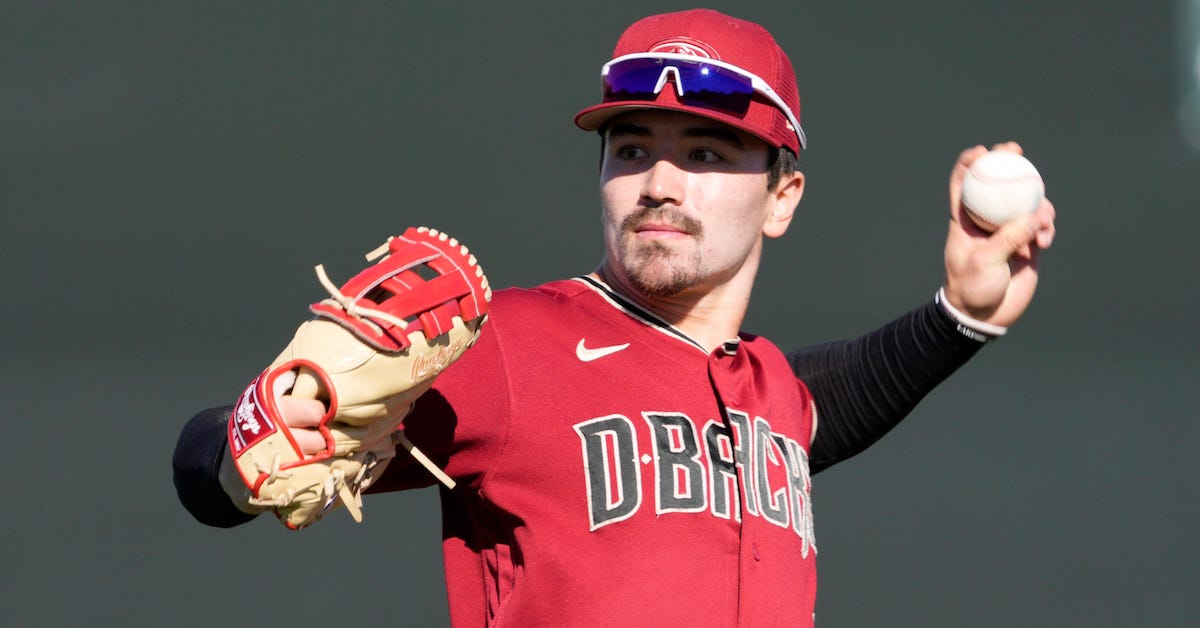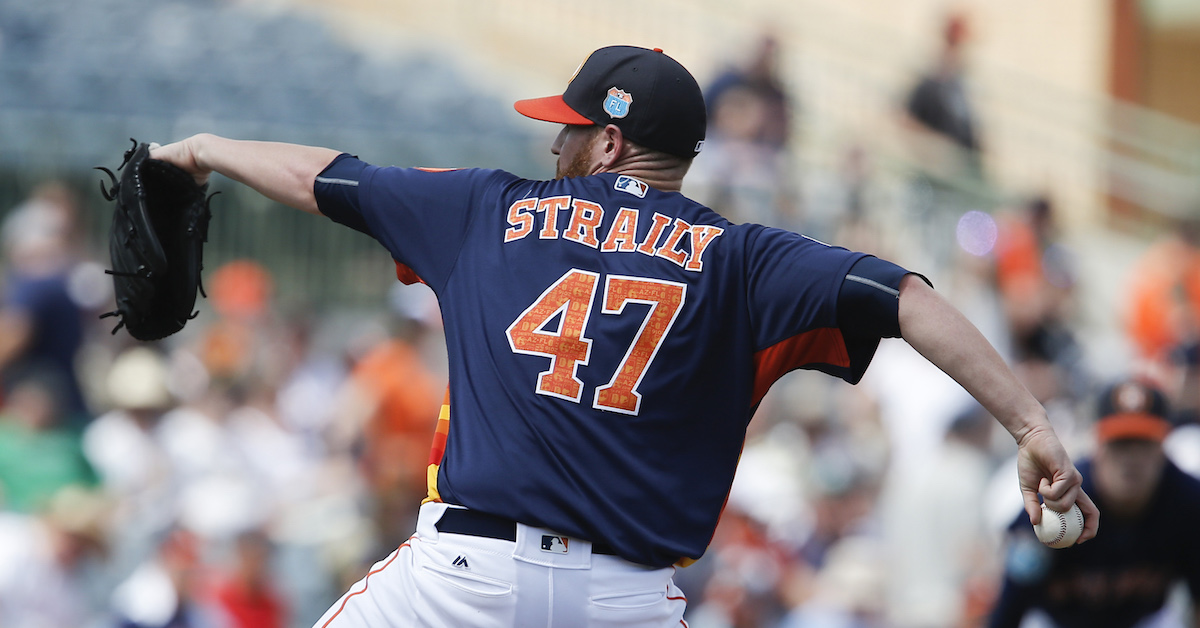A Conversation With Arizona Diamondbacks Prospect Corbin Carroll

Corbin Carroll is obsessed with baseball. He’s also immensely talented at the game he grew up playing in the Seattle area. Drafted 16th overall by the Arizona Diamondbacks in 2019, the 21-year-old left-handed-hitting center fielder is ranked 14th on our recently-released Top 100 Prospects list.
In the words of our prospect team, Carroll possesses “a blend of physical gifts and heady baseball acumen,” and is expected to “produce at an All-Star level for much of his career assuming a return to full strength.” Most notable in his tool grades are his running ability, which is 70/70 present and future, and his hitting ability, which is 70 future.
Carroll, who missed all but seven games of the 2021 season due to a shoulder injury, discussed his approach and hitting mechanics over the phone Wednesday afternoon.
———
David Laurila: Let’s start with a self-scouting report. Who are you as a player?
Corbin Carroll: “In my eyes… that’s good question. I’d say I like to view myself as a spark plug, someone who is getting the team going and will go the extra step to do whatever it takes to score more runs than the other team. I think that translates in terms of some tangible skills on the field, and maybe to some intangible ones, as well.”
Laurila: With intangibles in mind, do you see yourself as a team leader? Read the rest of this entry »

